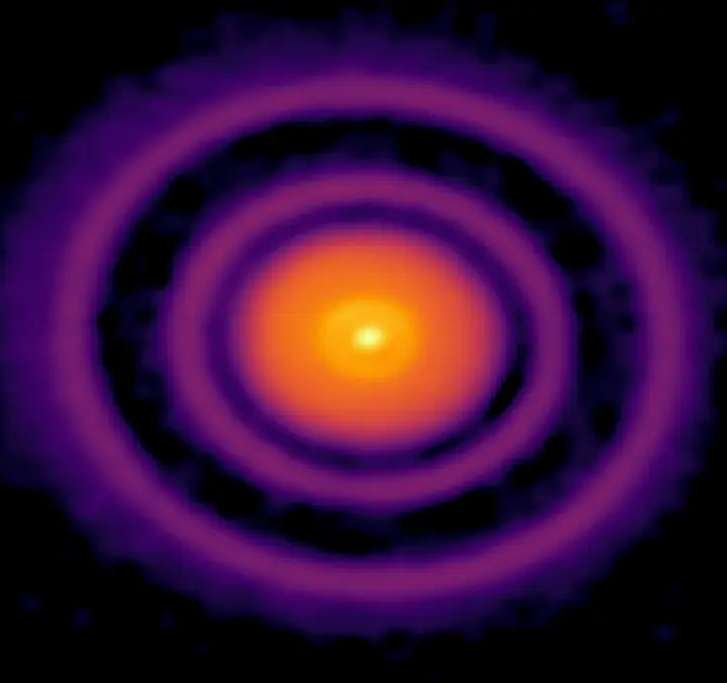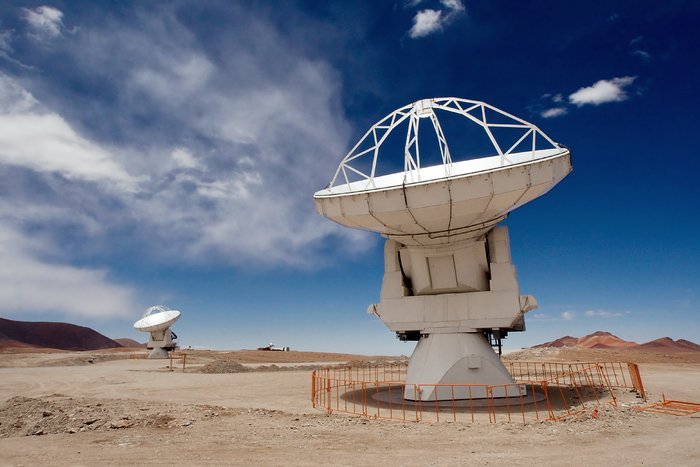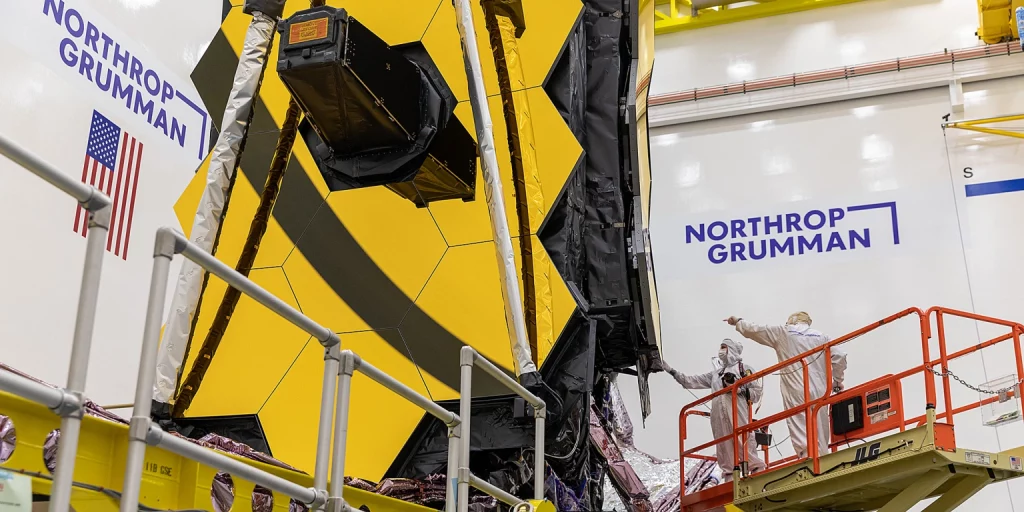The Youngest Planet Yet in our Galaxy

Space exploration may be a few thousand years ahead. But with the new technology we have, with the help of ALMA among others, may be able to take a peek at these other worlds.
A New Discovery
Recently, The Astrophysical Journal Letters published a paper stating the discovery of the youngest planet ever found. Evidence lead to a world, 395 light years from Earth, in the constellation Ophiuchus. At just 1.5 million years old, the planet is in its stage wherein it’s gas and dust. These are the building blocks of planets that are just being gathered.
Using 66 antennas, the team of scientists used the Atacama Large Millimeter/ submillimeter Array (ALMA) in gathering evidence of this developing planet. The ALMA can detect radio waves that come from circumstellar disks. Circumstellar disks are where gas and dust orbit certain stars that create clumps in order to produce planets.
Going Further with ALMA

Two Atacama Large Millimeter/submillimeter Array (ALMA) 12-meter antennas gaze at the sky at the observatory’s Array Operations Site (AOS), high on the Chajnantor plateau at an altitude of 5000 meters in the Chilean Andes. Eight antennas have been installed at the AOS since November 2009. More antennas will be installed on the Chajnantor plateau during the next months and beyond, allowing astronomers to start producing early scientific results with the ALMA system around late 2011. After this, the interferometer will steadily grow to reach its full scientific potential, with at least 66 antennas.
ALMA is the largest ground-based astronomy project in existence and will comprise a giant array of 12-meter submillimetre quality antennas, with baselines of up to about 16 kilometers. An additional, compact array of 7-metre and 12-meter antennas will complement the main array. The ALMA project is an international collaboration between Europe, East Asia, and North America in cooperation with the Republic of Chile. ESO is the European partner in ALMA.
Recently, ALMA was used to study AS 209. It is a star with an age of just 1.5 million years, that has started burning hydrogen. The circumstellar disk of AS 209 consists of several gaps. Like Jupiter, it emitted a radio-wave signature of a planet filled with gas.
The planet share qualities with Neptune. Being far from its star, and developing into a gaseous planet, may have been the explanation for why Neptune is the way it is today. In the coming months, the James Webb Space Telescope will study its mass and atmosphere.
But as the suspected planet is in its early stage, scientists are still observing for further claims to confirm whether it is really a planet and not just some rocky debris that looks like a planet.
To Infinity and Beyond

The Webb Telescope captured more high-definition images from far-off points in the galaxy. It unraveled and supplemented more information for scientists than the Hubble Telescope. It took images that baffled the internet back in July 2022.
Astronomers found over 5,000 exoplanets in other solar systems over the last three decades. With this discovery scientists may be able to understand more of the universe we’re in, where we come from, and where we are going.
Kenneth currently studies Broadcasting in the Polytechnic University of the Philippines. He has always been drawn to writing and communicating ideas about what he observes. In his spare time, he is fascinated by books, television series, and movies, such as marvelous superheroes.





